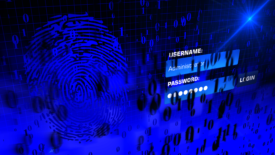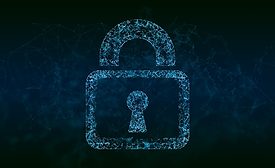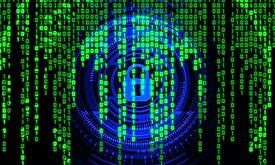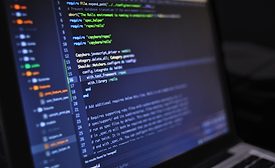Cybersecurity News
The world of the 46th President
As Joe Biden takes office, Justin Crump – CEO of the global risk and intelligence consultancy Sibylline, takes stock of the challenges the new administration will face
January 29, 2021
Sign-up to receive top management & result-driven techniques in the industry.
Join over 20,000+ industry leaders who receive our premium content.
SIGN UP TODAY!Copyright ©2024. All Rights Reserved BNP Media.
Design, CMS, Hosting & Web Development :: ePublishing










